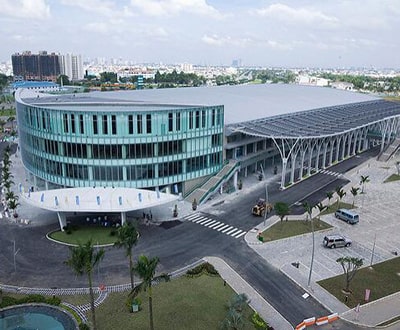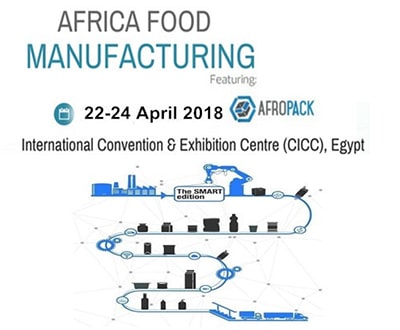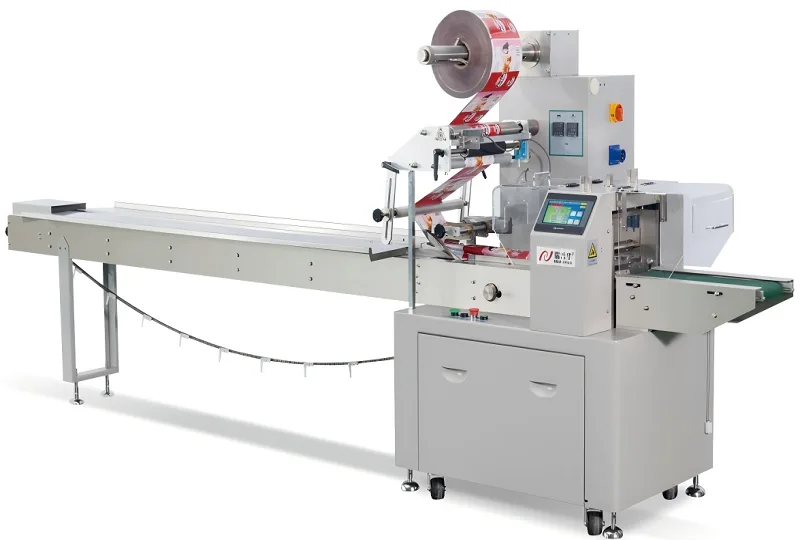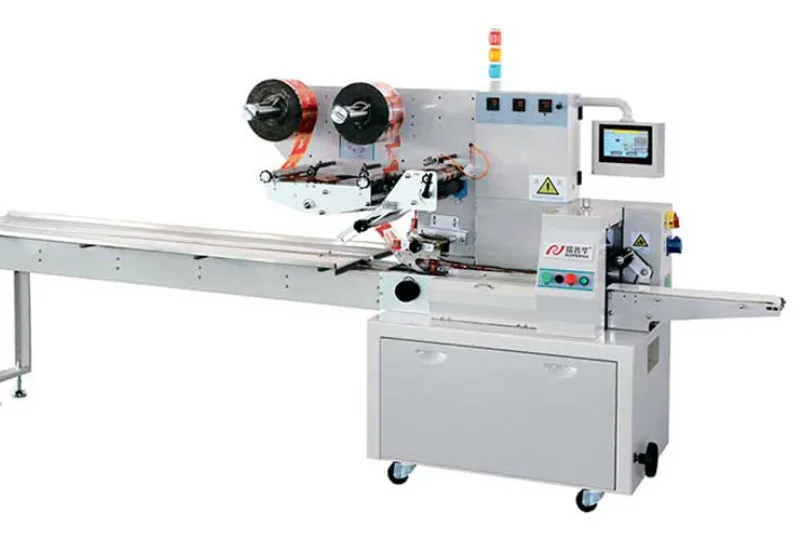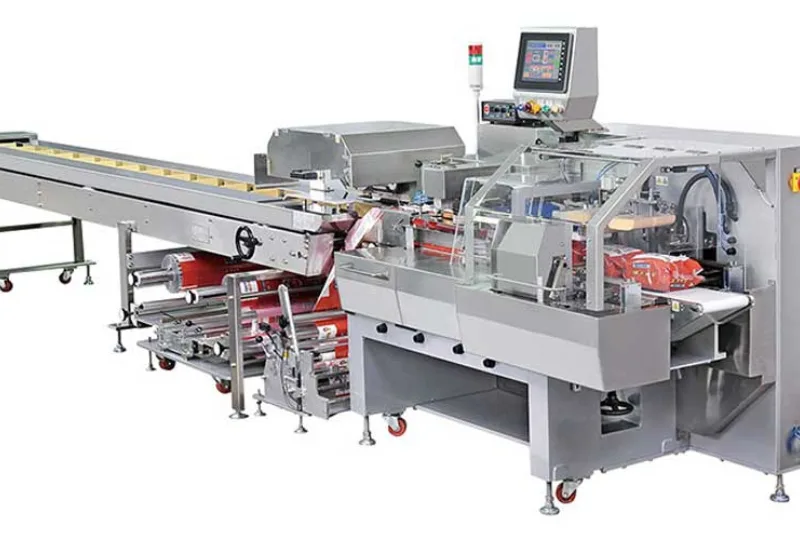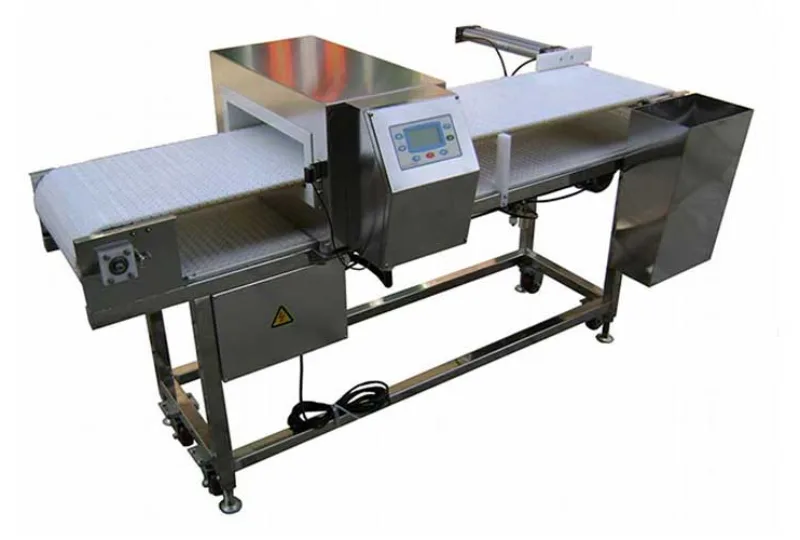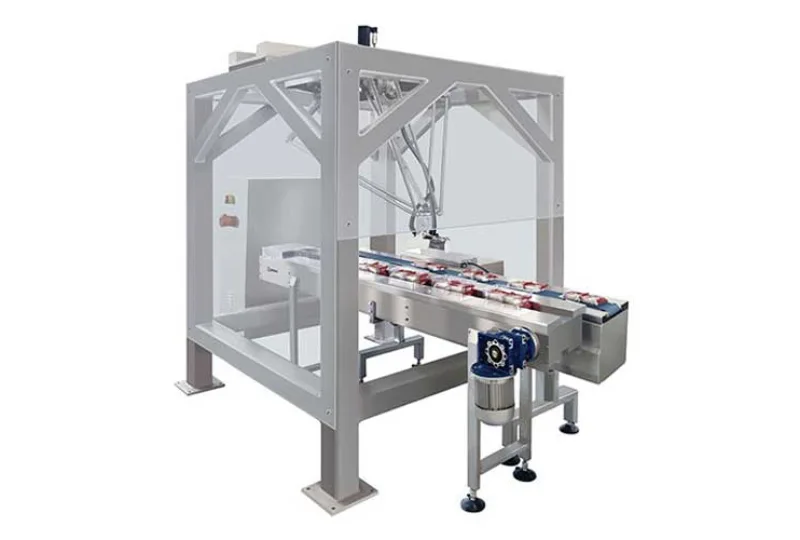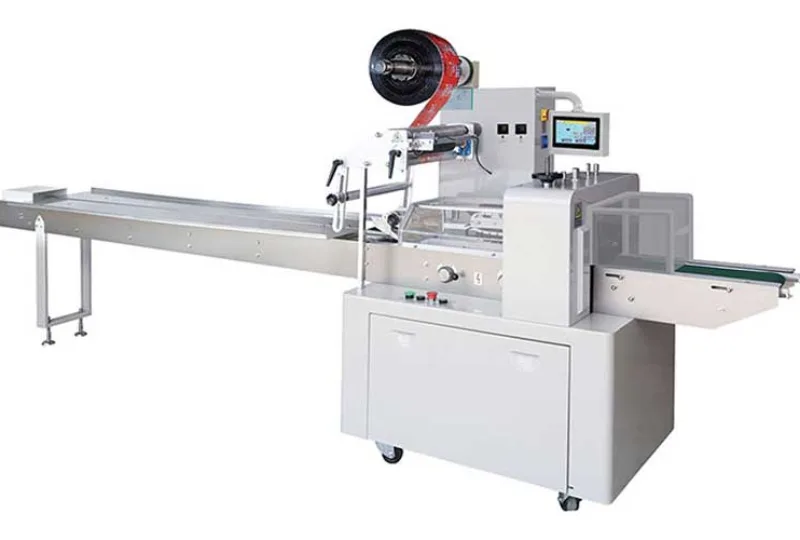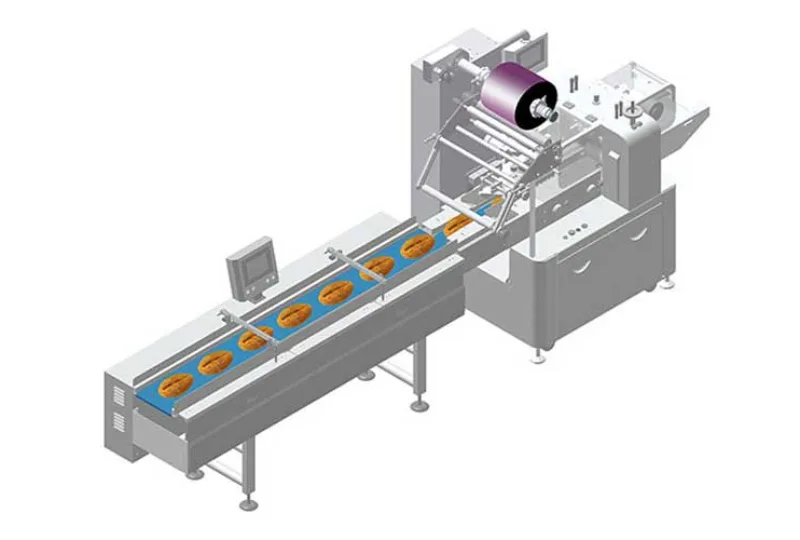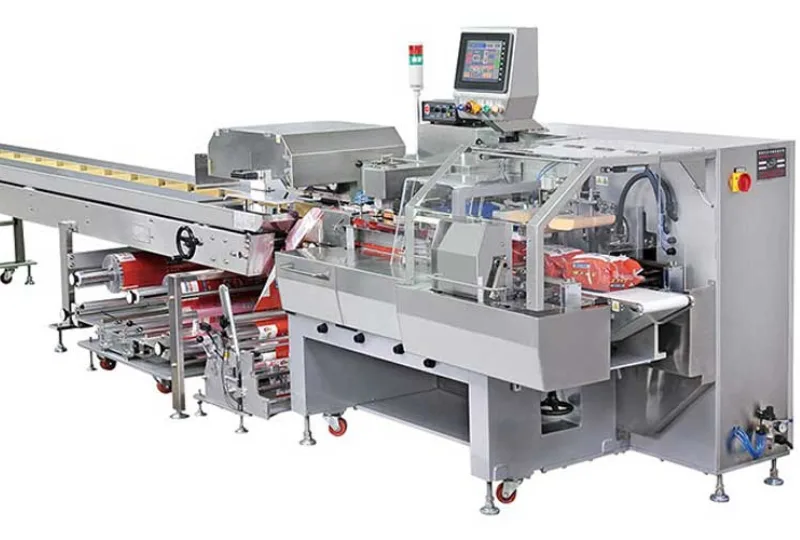The Environmental Impact of Protein Bar Packing Machinery
Introduction
In recent years, the demand for protein bars has skyrocketed due to their convenience and nutritional value. Consequently, the protein bar industry has witnessed a surge in the use of packing machinery to meet the growing demand. However, these machines often pose significant environmental concerns that require careful consideration. This article examines the environmental impact of protein bar packing machinery from various perspectives.
Energy Consumption
Protein bar packing machinery consumes substantial amounts of energy during operation. The machines require electricity to power motors, compressors, and other components. Additionally, the use of compressed air for packaging processes further increases energy consumption. By optimizing energy efficiency and utilizing renewable energy sources, manufacturers can significantly reduce the carbon footprint of packing machinery.
Waste Generation
The manufacturing process of protein bars generates waste in various forms. The packaging materials, such as plastic films, cardboard boxes, and aluminum foil, can contribute to landfill waste. Moreover, the disposal of used machinery components, such as motors and electronic parts, raises concerns about hazardous waste management. Implementing waste reduction strategies, recycling programs, and responsible waste disposal practices can mitigate the environmental impact.
Greenhouse Gas Emissions
Protein bar packing machinery emits greenhouse gases primarily through the combustion of fossil fuels for energy generation. These gases, including carbon dioxide, methane, and nitrous oxide, have a significant impact on climate change. By switching to cleaner energy sources, such as renewable energy or electric motors, manufacturers can minimize greenhouse gas emissions and contribute to a more sustainable future.
Water Consumption and Pollution
Water is used in the manufacturing process for cleaning and cooling purposes. Packaging machinery can consume considerable amounts of water, exacerbating water scarcity in certain regions. Furthermore, wastewater from the packaging process may contain contaminants, such as chemicals and packaging residue, which can pollute water bodies if not properly treated. Implementing water conservation measures, such as closed-loop water recycling systems, and wastewater treatment technologies can reduce water usage and mitigate pollution.
Land Use and Deforestation
Protein bar packing machinery often relies on plastic materials derived from fossil fuels. The extraction of raw materials for plastic production can contribute to deforestation and land degradation. By promoting the use of biodegradable materials, recycled plastics, and sustainable packaging options, manufacturers can minimize the impact on land use and forest ecosystems.
Conclusion
The environmental impact of protein bar packing machinery is multifaceted and requires comprehensive consideration. By addressing energy consumption, waste generation, greenhouse gas emissions, water consumption, and land use, manufacturers can significantly reduce the environmental footprint of their operations. Embracing sustainable practices, investing in technological advancements, and partnering with environmentally conscious suppliers are crucial steps towards a more sustainable future for the protein bar industry.
-
01
Automatic Tray Loading and Packaging Equipment: Boost Efficiency to 160 Bags/Minute
21-11-2025 -
02
Automatic Soap Packaging Machine: Boost Productivity with 99% Qualification Rate
21-11-2025 -
03
A Deep Dive into Automatic Toast Processing and Packaging System
18-11-2025 -
04
The Future of Bakery Production: Automated Toast Processing and Packaging System
18-11-2025 -
05
Reliable Food Packaging Solutions with China Bread, Candy, and Biscuit Machines
11-10-2025 -
06
High-Performance Automated Food Packaging Equipment for Modern Production
11-10-2025 -
07
Reliable Pillow Packing Machines for Efficient Packaging Operations
11-10-2025 -
08
Advanced Fully Automatic Packaging Solutions for Efficient Production
11-10-2025 -
09
Efficient Automatic Food Packaging Solutions for Modern Production
11-10-2025 -
10
Advanced Automatic Packaging Equipment for Efficient Production
11-10-2025



